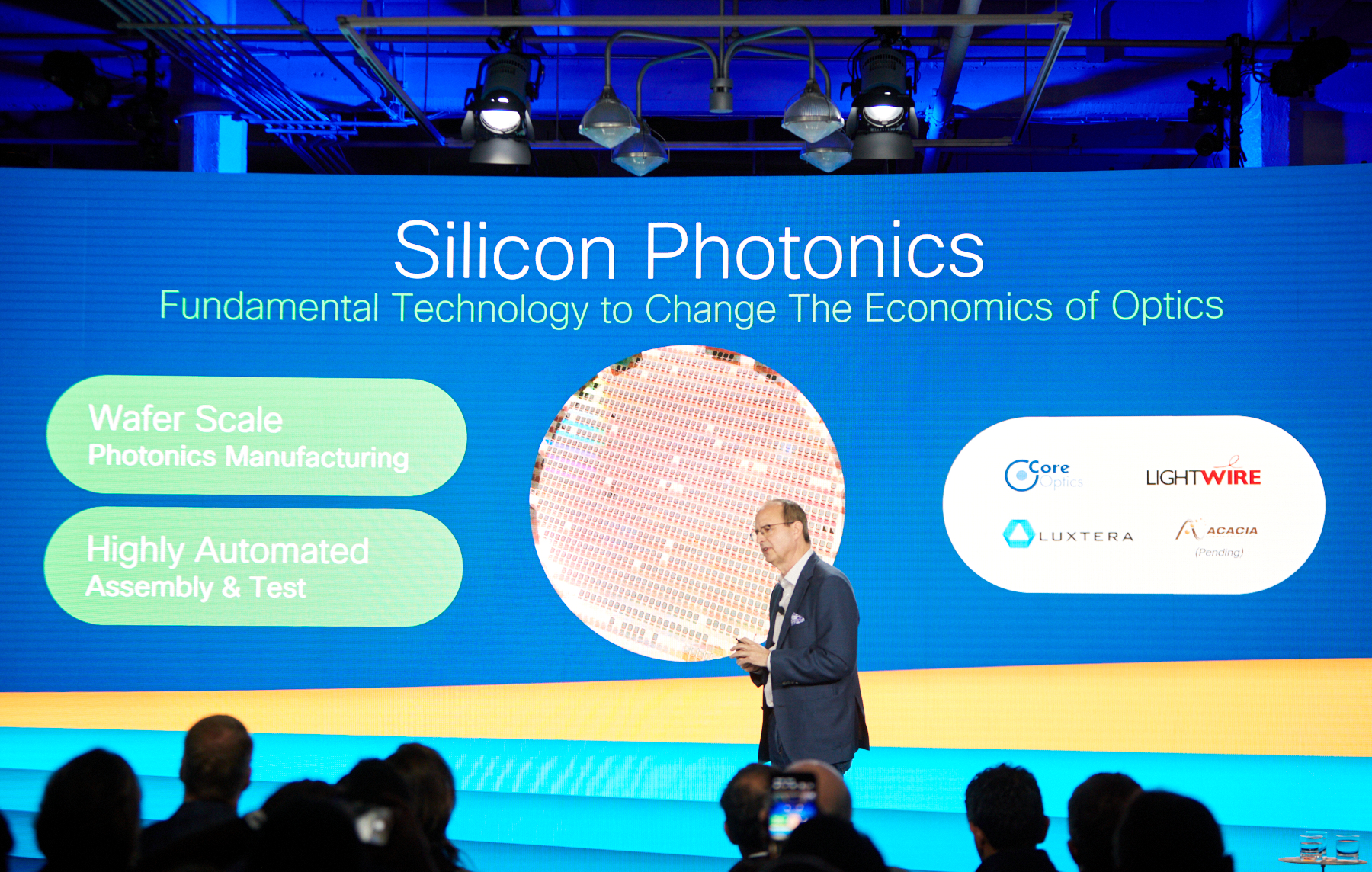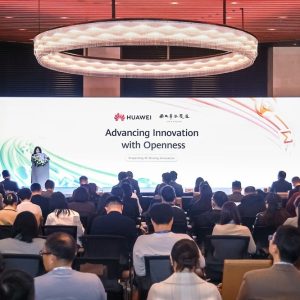
Cisco has created a single-chip ASIC-based architecture dubbed Silicon One that it says will work well in routing gear as well as switching gear, with better data management.
Routing and switching gear have typically until now required different chips optimised for their own specific functions. Operators have had to spend a lot of time testing features across the network as a result. A single silicon architecture that can serve different market segments and different functions could sharply cut operator OpEx.
What is Silicon One?
Silicon One is the outcome of over $1 billion of investment in own silicon, optics and software practices, the company said, and is being used by Facebook and Microsoft.
It was born in large part out of Cisco’s $320 million acquisition of fabless silicon startup Leaba Semiconductor in 2016.
In its first iteration as the Cisco Q100 chip, it is powering new Cisco’s 8000 series routers up to a record 10.8 Tbps in bandwidth.
Future generation routers featuring the architecture will hit a blistering 25 Tbps, the company claimed late Wednesday, revealing the new architecture, a product suite it is built on and on top of them, the new IOS XR7 Operating System.
The new architecture can function as a “Router-on-Chip” (RoC), a line card network processor, and a switch fabric element, Cisco said.
The Q100 chip, the first built on the Silicon One architecture, can run at twice the network capacity of all other high-scale routing ASICs, “without compromising carrier-class capabilities, e.g., feature richness, large queue set, deep buffers, large NPU tables, and advanced programmability,” Cisco claimed.
See also: Cisco Outage – Software Updates, Corporate Blog Go Walkies
The company added: “It also demonstrates many architectural advantages. It can support a fixed switch or router with 10.8T worth of network ports up to large non-blocking distributed routers with Petabit scales.”
“Ten terabits [accounts for] the vast majority of the need for bandwidth in the service provider market,” Cisco engineering fellow Rakesh Chopra said.
“So what does it mean to a tier 2 or tier 3 provider customer? They no longer have to buy a mammoth 42RU, completely difficult-to-install and difficult-to-manage, buggy system that they’ve been deploying forever. They can buy one system, built on one piece of silicon, and deploy it everywhere. So they may not be the first customers, but they may ultimately be the ones to get the most benefit in the long run.”
He added in a Medium blog: “The power is the hardest thing in the system today. How do you deliver hundreds of watts to a chip? How do you cool hundreds of watts in a chip? If you’re dissipating two to three hundred watts in a chip, that’s really hard to do.”
One of the ways that has been tackled is through an architecture that only analyses data once, keeping latency and power use down, with highly efficient buffering.
Leaba Semiconductor founder Ofer Iny noted: “[We have created an] architecture that does not rely on proprietary link protocols or specialized fabric links that manufacturers typically have to rely on.
![]()
“Our device can be fully utilised in a standalone mode with all I/O capacity presented as network interfaces, losing none of the I/O capacity of the device in that mode, which is extremely attractive and efficient. Plus, the same device can be used on a line card with the same device sitting on a fabric card to build a large-scale system.”
The new IOS XR7 operating system, meanwhile, has been designed with easier to deploy “Linux-style workflows” and better integration of configuration management tools like those from Ansible, Puppet, Chef, Cisco said, and now features support for standard Linux applications on-box as binaries or containers, e.g. LXC, Docker.
Facebook has been a strong advocate for network disaggregation and open ecosystems, launching key industry initiatives such as the Open Compute Project and the Telecom Infrastructure Project to transform the networking industry,” said Najam Ahmad, vice president, Network Engineering at Facebook. “Cisco’s new Silicon One architecture is aligned with this vision, and we believe this model offers network operators diverse and flexible options through a disaggregated approach.”
See also: AWS’s New Graviton2 Processors Put Intel, NVIDIA on Notice






